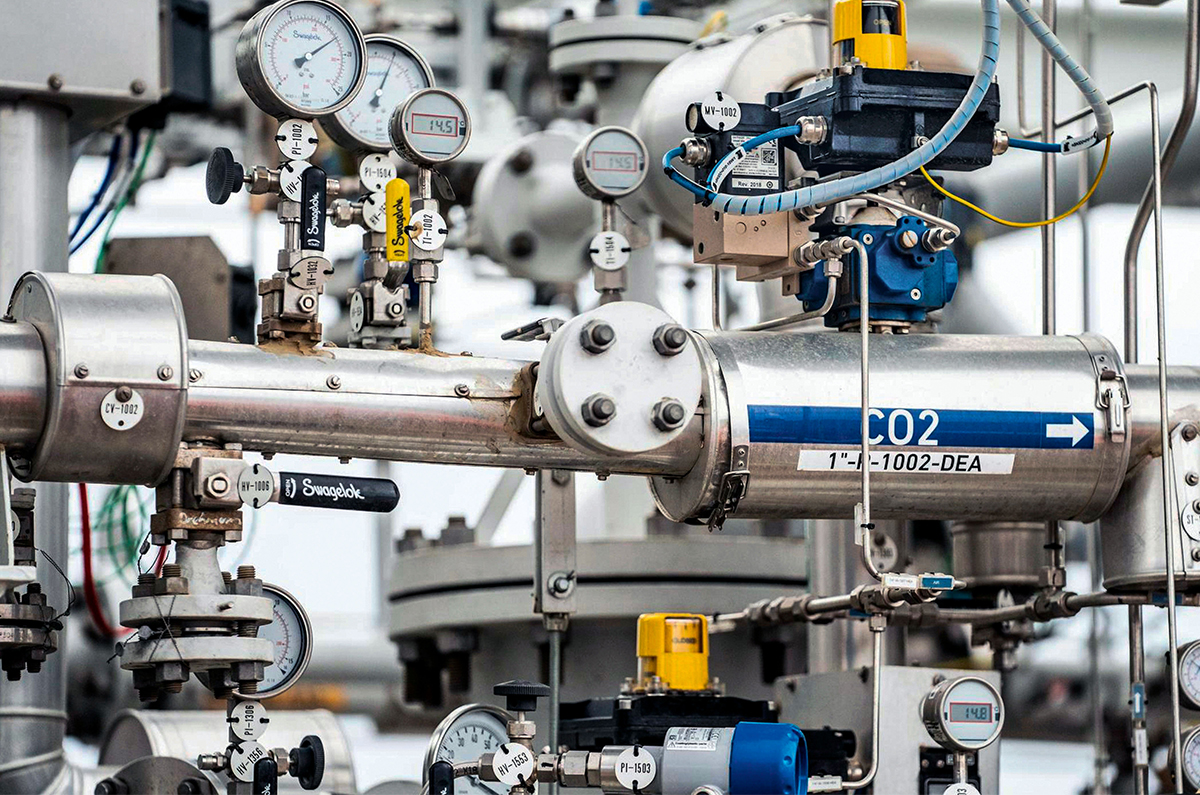
Two years ago, Porsche announced that it would start making almost CO2-neutral synthetic fuel, as a drop-in replacement for petrol, by 2022. Its pilot project in the Patagonia region of southern Chile is now scheduled to make a modest 1,30,000 litres of its ‘e-fuel’ per year, rising to 550 million litres annually by the end of the decade.
The terminology surrounding sustainable fuels can be confusing, so let’s clear that up. Porsche’s e-fuel is derived from air and water; it’s not a biofuel like ethanol or rapeseed oil. The difference is that what the engine sees is pretty much the same as it would were the tank filled with conventional petroleum. The e-fuel is a synthetic hydrocarbon, not alcohol like ethanol (the same as in drinks). Neither does it have anything to do with the bio-diesel made from waste cooking oil that became popular some years ago.
The site at Punta Arenas was chosen because the area is remote and extremely windy, which makes it ideal for generating wind power; Porsche reckons wind turbines can work at maximum capacity for 270 days a year in that spot. How does it work? Turbines generate electricity that drives electrolysers to split water into hydrogen and oxygen – and it’s the hydrogen Porsche is after.
Ironically, the other component needed is CO2, which is captured from the air using a chemical process that doesn’t involve precious-metal catalytic converters. The hydrogen and CO2 are combined to make methanol (another type of alcohol), which is then synthesised into synthetic petrol. The fuel can be formulated as an alternative to diesel or petrol and mixed with conventional fuel. Making a litre of e-fuel takes three litres of desalinated water and the CO2 extracted from 6,000 cubic metres of air.
Similar synthetic fuels aren’t new. Audi, working with Joule, set up a plant in Mexico to produce synthetic fuel via ethanol produced from harmless bacteria in waste water, for instance.
Could synthetic e-fuels keep the combustion engine alive on a global scale and do away with the need to migrate to battery EVs and other alternatives? Never say never, but the amount of conventional fossil-based fuel used today is colossal. According to the US Energy Information Administration, the UK used 2,74,700 barrels of petrol each day last year. That’s almost 9.5 million gallons or 43 million litres – and their consumption is below average.
Put into perspective, when it reaches maximum potential, Porsche’s plant in Chile would produce enough e-fuel annually to keep the UK going for less than two weeks. On the plus side, the potential for a new enterprise based on sustainable electricity generation to make synthetic fuel is immense.
For example, 54 percent of the electricity produced in Scotland comes from wind power. Expansion plans under way there include generating hydrogen, one of the key components of synthetic fuel, as a storage medium for off-peak wind-generated energy.
Also see:
Tech talk: How Porsche's decade-old V8 still powers a modern racer
Porsche 911 to be carmaker’s sole ICE model by 2030



